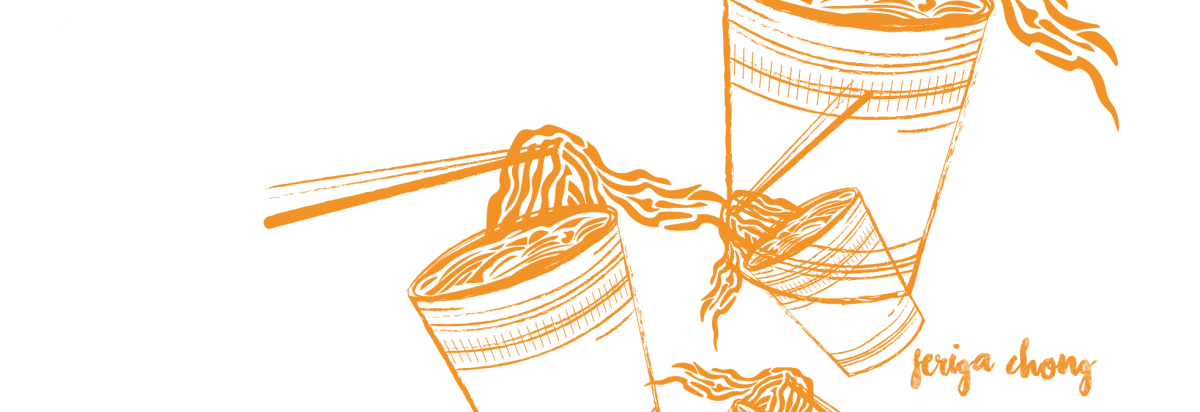Though the years, changes/ movement in design has been evolving, In the year 1950s, the International design was created. It is what we known of typography today. Following a proportionate grid system and creating hierarchy in posters or other forms of communication in design. At the same time, the Grid system is very organised and metathetical constructed. it helps our eyes too focused on the information. In my typography 1 class, we learn to use just only letterform to create a hierarchy in our designs, therefore I felt that international design is very relatable to what we are learning. It was a very interesting and fun experience to be able to create different varieties of design and have a deeper understanding of design through typography.
After the international design movement, New typography was created. The design focus on the visibility of information even if it is not as organised as using a grid system. It gives the artwork a purpose. It helps us to understand better and not easily by-pass it.
After the final lecture, I felt that the most interesting and unique artwork is from the La cantatrice chauve by Robert Massin, 1964 and the artwork by Wili Kunz, Posters for Columbia architecture, planning & preservation lectures.


La cantatrice chauve by Robert Massin, 1964
He is a very experimental artist and expressive in his typographic composition. He uses visual representation in his design. His artwork is simple but different graphic/element to his design, for example, he incorporated faces at the left-hand corner of each sentence. I felt that the artist link the choice of typeface and the meaning of the text together which tells a story out of his artwork. Adding an emotion or a mood in his design. He did not design something abstract but something people could understand. Every character in the artwork is represented by a face. At the side, It will tell the reader that it is like a speech from each character feature at the side.


Posters for Columbia architecture, planning & preservation lectures by Wili Kunz
The introduction of new wave typography came and this artwork was created. Interestingly, the information is kept organised similar to using grids system but the truth is, it does not follow the grid. The information is spread all around. However, you could see that information is categorised in different weights and size of words, I could see the hierarchy of the artwork. Not only that, the colour used is simple and clean. Overall. I felt that he develop very independent thinking and creating his amazing design with so many information in one poster but at the same time being attractive too.










